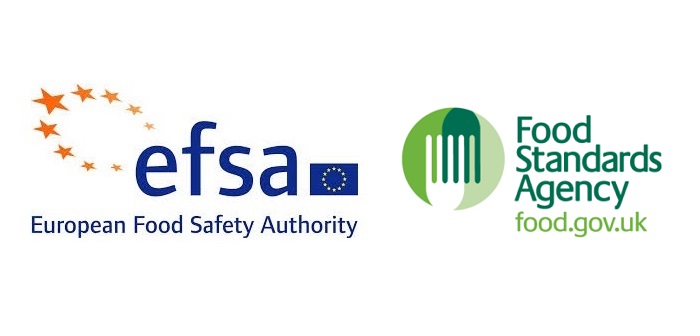The need to develop standard methods for the detection of hepatitis E virus (HEV) in meat and meat products has been identified as a key research priority by the Food Standards Agency (FSA) and the European Food Safety Authority (EFSA).
The call for more knowledge and understanding to be gained concerning HEV has been made by the two bodies following a joint workshop in February this year during which FSA and EFSA specialists discussed how to tackle norovirus, hepatitis A and E viruses in relation to their impact as possible foodborne viruses.
A detailed report on the findings of the workshop has now been published, identifying so-called “cross-cutting research themes” and reaching the conclusion that new research is needed to measure the infectivity of norovirus and hepatitis A and E viruses, particularly in foods, and how much the presence of norovirus in food is a risk to public health.
The report’s five main research priorities, including one relating specifically to meat and meat products, are as follows:
- The development and validation of direct and indirect methods for assessment of hepatitis E virus infectivity;
- Establishing how the detection of norovirus in foodstuffs relates to public health risks;
- Development of methods to evaluate norovirus and hepatitis A infectivity from food samples;
- Development of standard methods and ISO methods for detection of hepatitis E virus in meat and meat products;
- Establishing the burden of hepatitis E virus infections in humans in Europe.
“Addressing these research areas would make an important contribution to assessing, as well as managing, the risk posed by these viruses in foodstuffs,” said FSA’s head of microbiological risk assessment, Dr Paul Cook.
“We need to move beyond just identifying if a virus is present to measuring how much virus is there and whether it is infectious. This will help us better understand the risks as well as the controls that are needed to protect consumers.”


